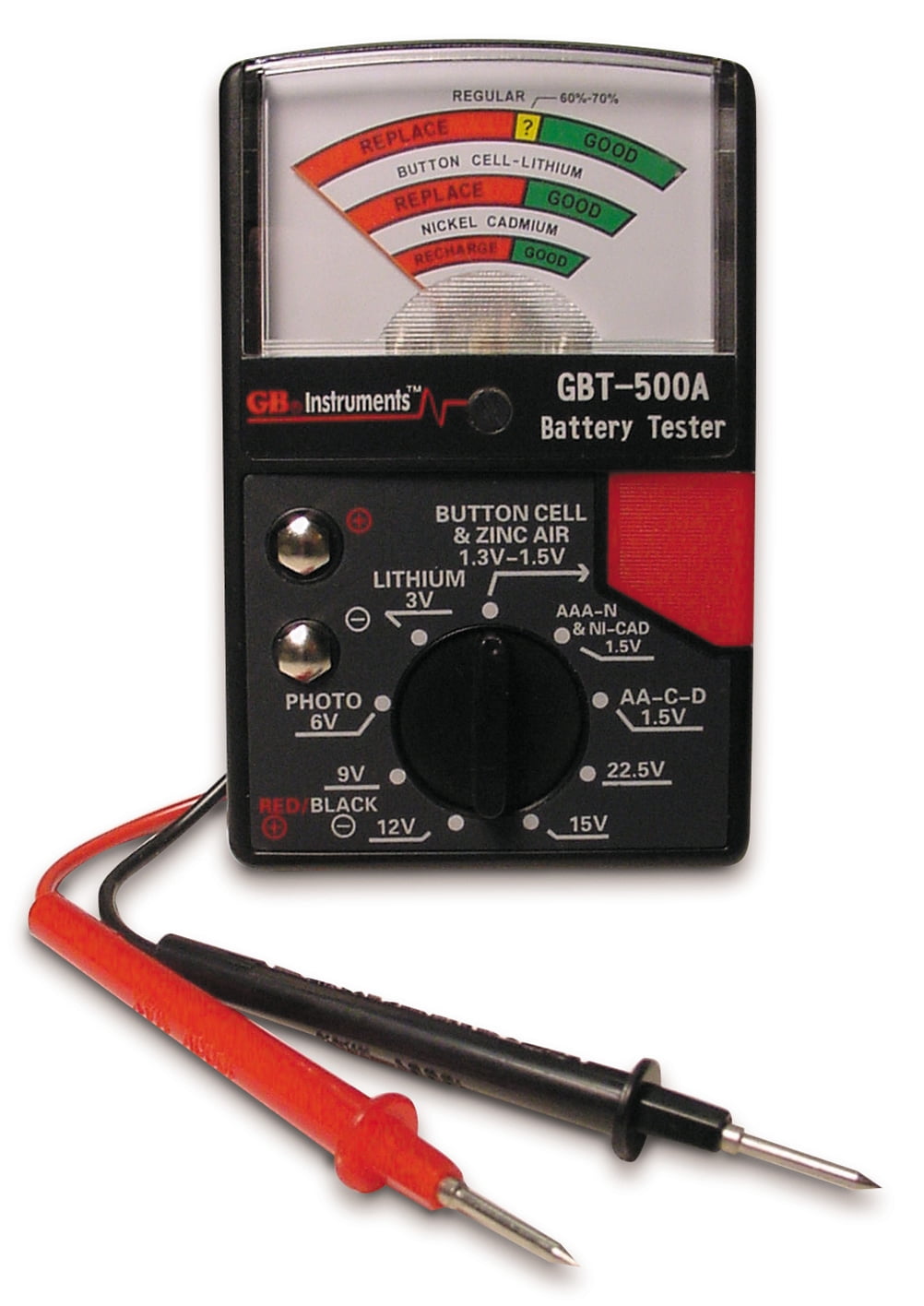
#PROBLEM READING BATTERY METER SOFTWARE#
Remember there are two different (but connected) systems at play, the battery management system, which monitors and controls the health of the battery, and the software user interface (and associated power control software), which reads data from the former to display an indication of battery charge status and level and respond to various flags (like shut down when the discharge flag is set). Therefore, if you intend to calibrate your device battery, you need to let it run down past the warnings until it shuts down automatically BEFORE recharging-otherwise you may not discharge the battery sufficiently to register the battery management system’s discharged flag, thus rendering your attempt to calibrate the battery incomplete.This is why you can change the “battery low” warning to any percentage you choose-it’s not there to protect the battery (that’s done automatically by the battery management system), it’s there to give you enough time to save your work or connect the charger. The battery gauge that you see displayed on the screen is basically the amount of USEABLE charge the battery has and NOT the absolute total charge of the battery.Even if you let your device run until it shuts down automatically due to lack of battery charge, the battery management system will still keep the battery charge at a high enough level to prevent damage to the battery pack.The low battery warning is purely implemented in the device software as a means to prevent possible data loss whilst using it and is completely independent of the battery management system.As one commenter on the above-linked article pointed out: In short, the system always shuts itself down with a little bit of charge left in the battery as a safety measure, but it doesn’t show that reserve amount to the user. This is done deliberately to prevent the battery from ever discharging below a safe level where battery damage may occur and the system may not be able to reboot. User-facing software may claim a battery charge of near zero when the actual chemical state of the battery is closer to 10% charge.

What seems to be going on here is, the graph above is meant to show the actual chemical state of the battery and not the % indicated to the user, which can be quite different. It’s like giving someone a car with a broken fuel gauge and telling them to drive until the tank is ¼ full. In short, “calibrating" a battery by draining it “below 10%” is futile.
#PROBLEM READING BATTERY METER FULL#
How do you know when you’ve drained your battery “below 10%” if the battery reading is inaccurate? You don’t! For example, we've installed numerous batteries that eventually gave a “low battery” warning and then continued to work full steam for hours on an indicated battery charge of 1%. And, (2) “full discharge” is ambiguous-the figure seems to indicate that the full-discharge flag will be set at 10%, but the whole problem we’re trying to solve is that the % reading is inaccurate. Two things to notice here: (1) According to this page, it’s not enough to drain and then charge-you have to start by charging it fully. This is done in the equipment or with a battery analyzer as part of battery maintenance. Calibration occurs by applying a full charge, discharge and charge. We're still playing Pin the Tail on the Donkey, but calibration tells the battery management system, "Hey-the donkey is over that way."įigure 2: Full-discharge and full-charge flags. Calibration helps keep estimates accurate by setting new “full charge” and “full discharge” anchors in the battery management system so it doesn’t have to guess. And on a brand-new battery, there’s not really any good data to work with, so the model will be way off. Over time, that calculation tends to drift and become less accurate. Obviously, we can't do that every time we want to check the battery level, so we have to use indirect methods-storing all kinds of usage data and using that to calculate an estimated % state of charge from moment to moment. (It’s an electrochemical storage system that is always changing and decaying, and never behaves exactly the same way from one charge to the next.) About the only reliable way to gauge it is to fully charge the battery, then fully discharge it and measure the difference (a.k.a.

The fundamental problem is that there’s no reliable way to know exactly how much energy a battery holds at any given moment. This article on fuel gauges is also instructive. For a good read on battery calibration, see this page.


 0 kommentar(er)
0 kommentar(er)
